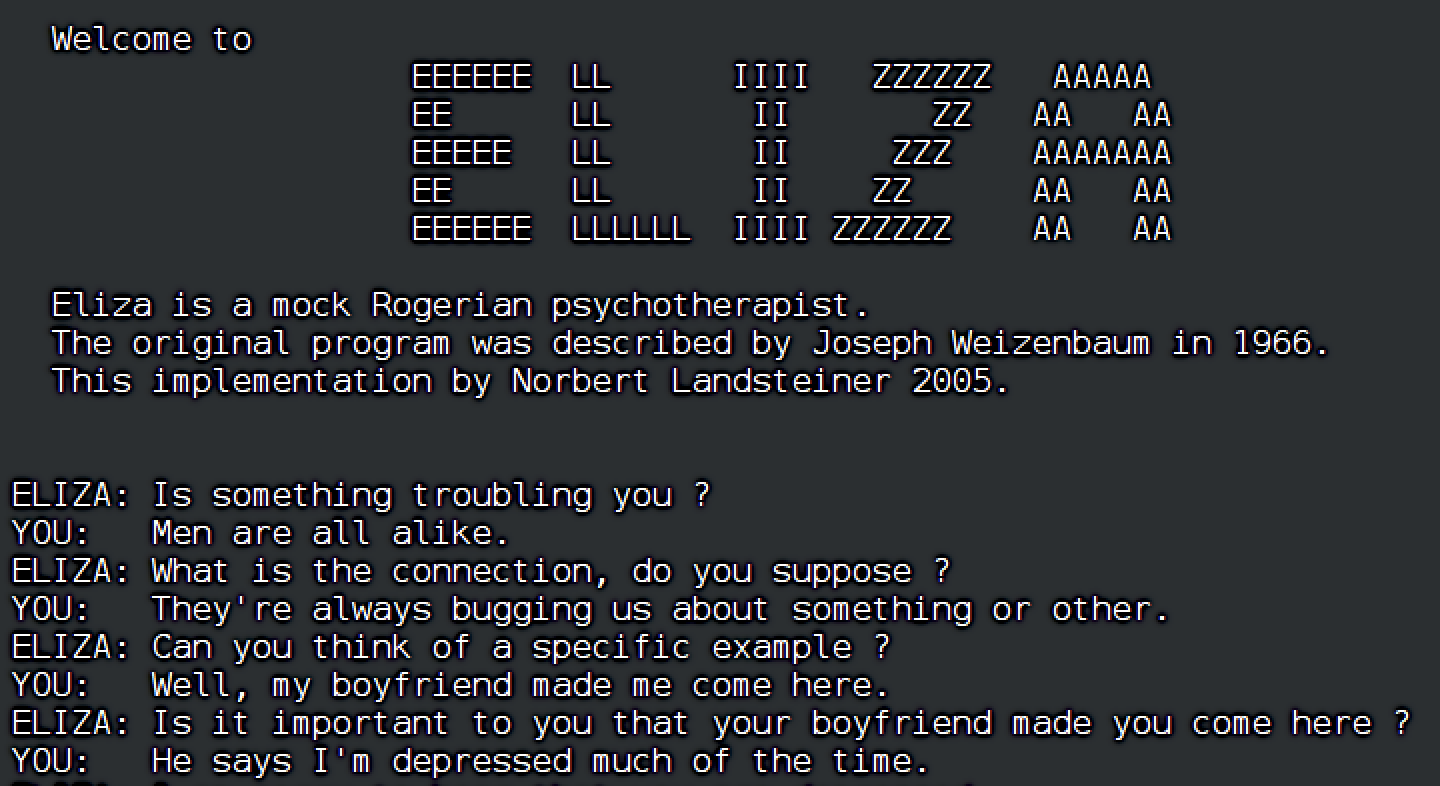Late last year, Amazon announced AI Ready, a new initiative “designed to provide free AI skills training to 2 million people globally by 2025.” This includes eight free AI and generative AI courses, some designed for beginners, and others designed for more advanced students.
As the Wall Street Journal podcast notes above, Amazon created the AI Ready initiative with three goals in mind: 1) to increase the overall number of people in the workforce who have a basic understanding of AI, 2.) to compete with Microsoft and other big companies for AI talent, and 3.) to expose a large number of people to Amazon’s AI systems.
For those new to AI, you may want to explore these AI Ready courses:
- Introduction to Generative AI: Art of the Possible: This course provides an introduction to generative AI, its applications, and need-to-know concepts, like foundation models.
- Introduction to Machine Learning — Art of the Possible: This digital course is designed to help business decision makers understand the fundamentals of machine learning (ML).
- Generative AI Learning Plan for Decision Makers: A three-course series covering how to plan a generative AI project and build a generative AI–ready organization.
- Introduction to Amazon CodeWhisperer: This short course teaches participants how to use Amazon’s AI code generator, which produces whole lines of code.
You can find more information (including more free courses) on this AI Ready page. We have other free AI courses listed in the Relateds below.
Note: Until February 1, 2024, Coursera is running a special deal where you can get $200 off of Coursera Plus and gain unlimited access to courses & certificates, including a lot of courses on AI. Get details here.
Related Content
A New Course Teaches You How to Tap the Powers of ChatGPT and Put It to Work for You
Generative AI for Everyone: A Free Course from AI Pioneer Andrew Ng








